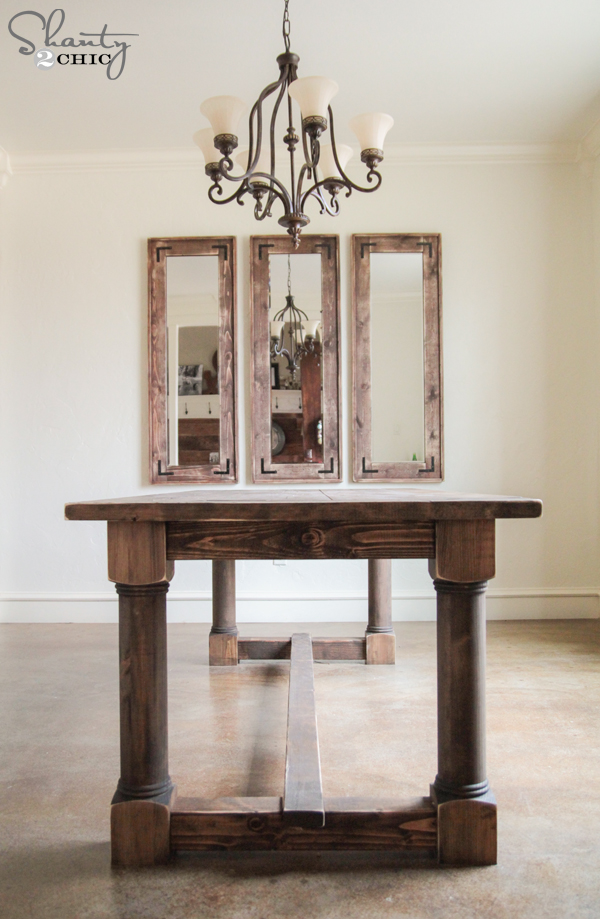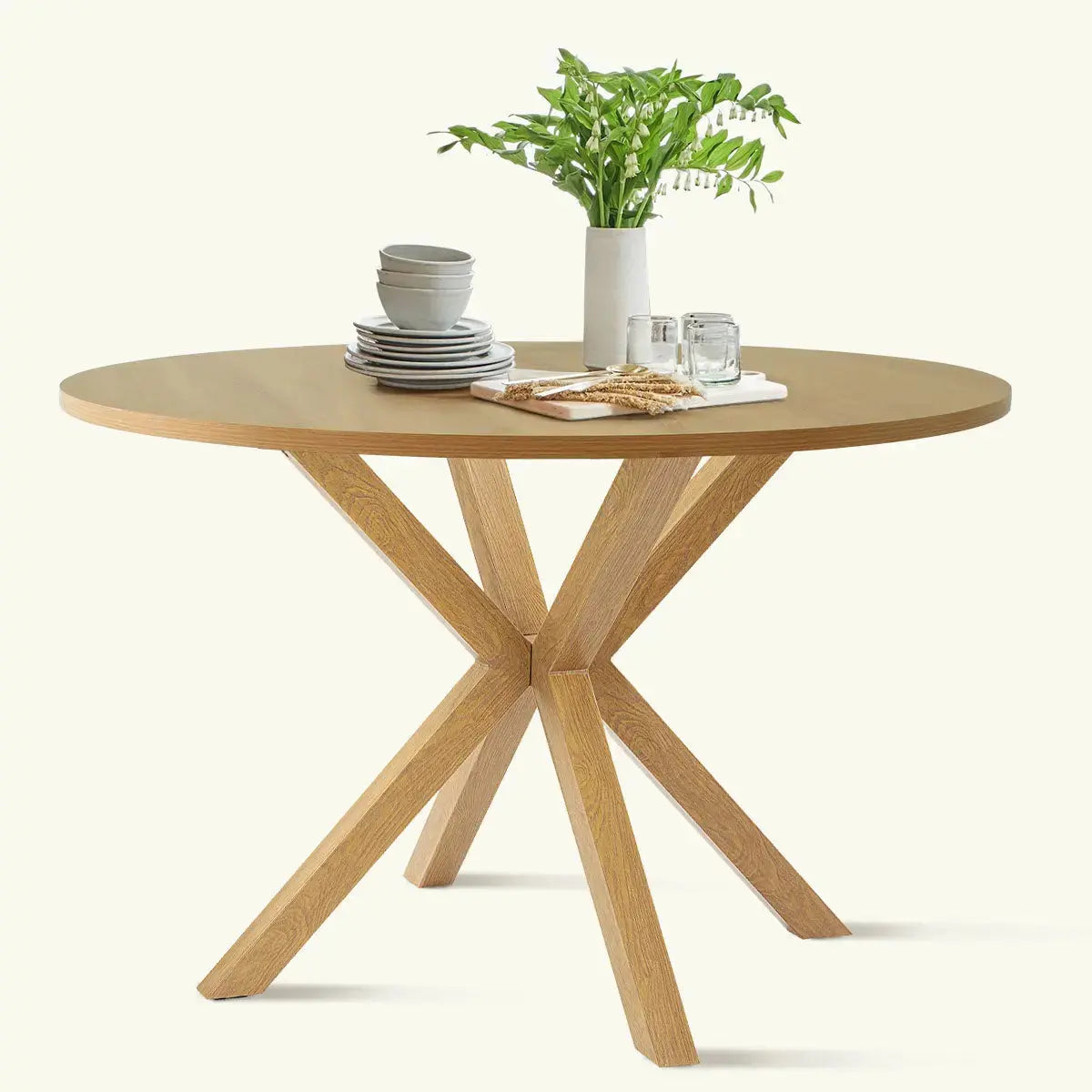Add Charm and Elegance to Your Space with Distinct Dining Room Table Legs
Add Charm and Elegance to Your Space with Distinct Dining Room Table Legs
Blog Article
From Typical to Modern: Find the Perfect Dining Space Table Legs for Your Design
While traditional styles such as cabriole and turned legs stimulate a feeling of ageless class, contemporary styles like hairpin and geometric choices offer a possibility for striking aesthetic interest. As you consider these elements, the inquiry continues to be: exactly how can you perfectly incorporate these diverse leg designs to create an unified eating experience?
Recognizing Table Leg Styles
The selection of dining-room table leg styles can considerably affect both the aesthetics and functionality of the space. Each leg design contributes special aesthetic aspects and sensible functions, dealing with varied layout preferences and use needs. Comprehending these styles is crucial for selecting the appropriate dining table that aligns with your total interior layout vision.
For example, tapered legs supply a clean, traditional appearance that can enhance an area's style, while pedestal bases give stability and make best use of legroom, making them perfect for smaller sized spaces. Barrette legs, a characteristic of mid-century modern-day style, introduce an industrial flair, enabling for an airy, open feel. Trestle legs evoke rustic appeal, offering durable support and a sense of timelessness.
Furthermore, the selection of materials plays a significant role. Wooden legs can bring heat and structure, whereas metal choices typically convey a smooth, contemporary vibe. Inevitably, recognizing table leg designs is necessary for creating a natural eating location that mirrors personal style while making sure functionality and convenience. By thoughtfully thinking about these components, you can boost both the functional and visual charm of your eating space.
Conventional Table Leg Options
When choosing dining area table legs, conventional options typically embody classic beauty and craftsmanship. These layouts mirror an abundant heritage and a dedication to quality, making them suitable for those that value classic looks.
One of one of the most renowned standard leg designs is the cabriole leg, characterized by its graceful curved shape. This layout commonly includes attractive makings and is most typically discovered in Queen Anne and Chippendale furnishings. An additional preferred option is the transformed leg, which flaunts a series of smooth, rounded shapes that offer a classic appearance while maintaining stability.
Furthermore, the straight leg, while basic, uses a sturdy and basic framework that can mix effortlessly with a variety of tabletop styles. For those drawn to ornate outlining, claw-and-ball feet legs stimulate a feeling of magnificence and can function as a sensational focal factor in any type of eating area.
Lastly, stand bases, although not purely legs, offer an alternative traditional option that permits for enough legroom and can be wonderfully carved. Each of these conventional leg styles contributes to the total ambiance of a dining-room, weding function with visual appeal.

Modern Table Leg Styles
Modern table leg designs provide a varied series of designs that emphasize ingenious products and tidy lines. These layouts commonly prioritize performance while working as striking centerpieces within an eating room. Minimalist looks prevail, with legs crafted from products such as metal, glass, and engineered timber, which add to a airy and modern feeling.
One preferred design is the barrette leg, identified by its slender, tapered structure that gives security without overwhelming the table top (dining room table legs). This style is often discovered in mid-century modern furnishings and can easily enhance numerous eating table forms. Another pattern is making use of geometric forms, where legs might handle angular or asymmetrical forms, including aesthetic passion and a touch of artistry

Mixing Styles for One-of-a-kind Rooms
Usually, home owners look for to produce one-of-a-kind dining rooms that reflect their individual style by mixing numerous layout components. This technique permits the incorporation of diverse looks, resulting in a harmonious yet unique setting. For example, coupling a rustic wooden table with sleek, modern-day steel legs can create an appealing contrast that boosts the area's general appeal.
Additionally, integrating vintage table legs with contemporary tabletops can evoke a feeling of background while preserving a modern sensibility. Such More hints combinations not only showcase private preference however likewise encourage creativity, enabling house owners to curate an area that really feels both personal and inviting.
Color plays an essential duty in this blending process; picking table legs that match or contrast with the existing color scheme can enhance aesthetic rate of interest. For instance, whitewashed legs can soften the boldness of a dark table surface, developing a well balanced aesthetic.
Tips for Picking the Right Legs
Choosing the right table legs is essential for achieving both functionality and aesthetic allure in your eating room. Begin by considering the general style of your space. Conventional settings profit from legs that feature complex carvings or transformed layouts, while contemporary areas may call for sleek, minimal designs.
Next, assess the height and stability of the legs. dining room table legs. Typical table range in between 28 to 30 inches in elevation, so guarantee the legs enhance this dimension for comfort. Additionally, robust materials, such as wood or metal, can boost stability and durability
Assess the leg form also-- alternatives include right, tapered, or stand layouts. Straight legs use a traditional look, while tapered legs can add a touch of elegance. Pedestal bases offer sufficient legroom and are suitable for smaller spaces.
Conclusion
In recap, selecting the ideal visit the website eating space table legs needs careful consideration of both typical and modern styles. By harmonizing leg style, height, and product with the overall design, a natural and welcoming environment can be accomplished.
The variety of dining space table leg designs can significantly influence both the aesthetic appeals and capability of the space. Eventually, recognizing table leg designs is necessary for developing a natural eating location that reflects personal design while guaranteeing usefulness and comfort.One of the most renowned standard leg designs is the cabriole leg, characterized by its elegant rounded shape. Straight legs offer a classic appearance, while conical legs can include a touch of beauty.In summary, selecting the perfect eating space table legs requires cautious published here consideration of both modern and typical styles.
Report this page